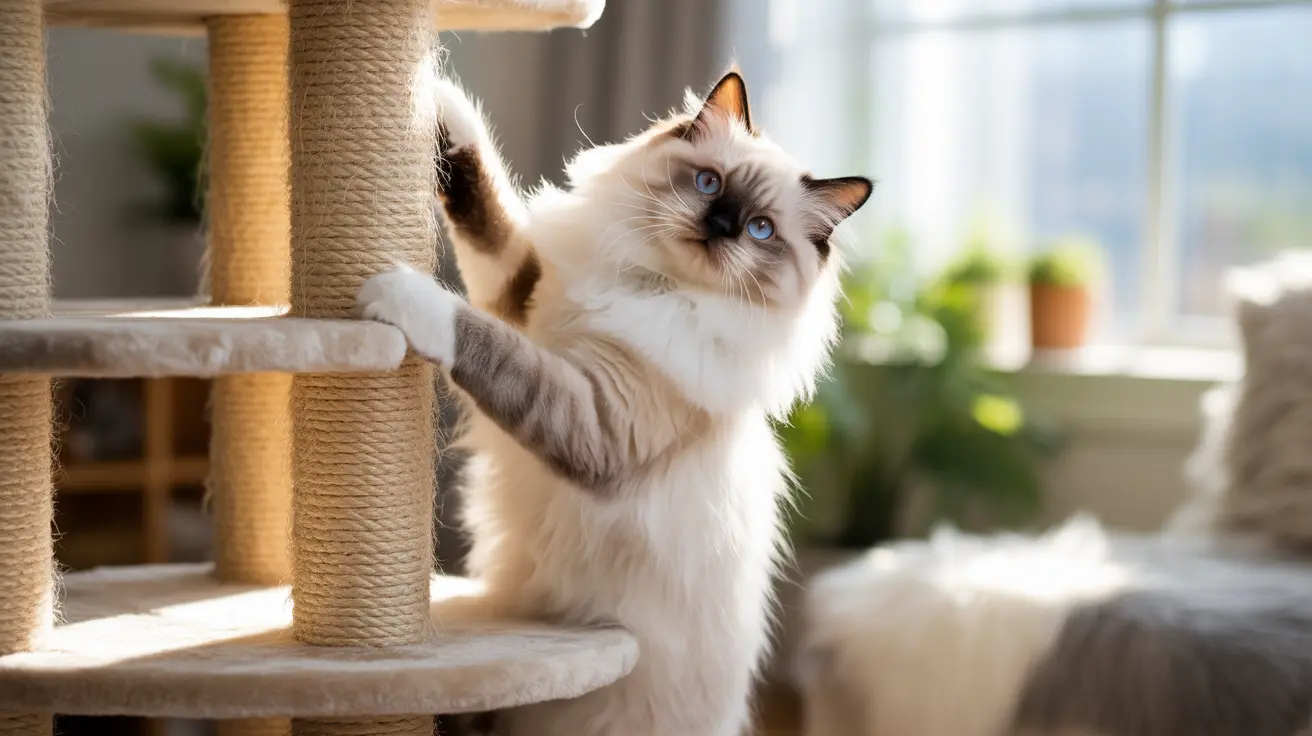Understanding the 3-3-3 Rule for Cats: A Guide to Feline Adjustment
When cats experience a major change such as travel, a move, or adoption, their adaptation process can be gradual and complex. This is where the 3-3-3 rule becomes helpful. The 3-3-3 rule stands for 3 days to decompress, 3 weeks to learn the routine, and 3 months to feel at home. This guideline, though general, offers pet owners a realistic timeline for what to expect during a transition, such as after a move or when traveling with a cat.
Phase 1: The First 3 Days – Decompression
In the first three days of transition, cats often feel overwhelmed or scared. Their natural response may involve hiding, lack of appetite, or vocalizing more than usual. It's important during this phase to:
- Provide a safe, quiet space with food, water, litter box, and familiar bedding.
- Minimize new stimuli—keep things calm and predictable.
- Avoid forcing interaction; allow the cat to explore when it's ready.
- Use calming aids such as Feliway sprays to create a sense of security.
Phase 2: The First 3 Weeks – Building Routine
By the end of the third week, most cats begin to understand their new setting. During this stage, establish and maintain consistent routines as cats thrive on predictability. Tips include:
- Feeding cats at regular times each day to establish trust and stability.
- Offering interactive play to encourage confidence.
- Introducing new family members or pets gradually.
- Ensuring hygiene and comfort in their litter area and living environment.
- Paying attention to body language for signs of stress or adaptation.
Phase 3: The First 3 Months – Gaining Comfort
After about three months, many cats fully settle into their new environment. This is when their personality truly begins to shine as they build trust, form attachments, and understand the household rhythm. Key considerations include:
- Reaffirming positive associations with their surroundings.
- Continuing enrichment through toys, scratching posts, and window views.
- Monitoring health with regular vet check-ins and keeping up with vaccinations.
- Identifying preferred sleeping, eating, and play areas to reinforce a sense of ownership.
How the 3-3-3 Rule Helps When Traveling
Whether relocating or planning a trip, the 3-3-3 rule is a useful mental framework for preparing and supporting your cat. During travel, stress levels spike, making anticipatory planning crucial:
- Use a travel carrier that your cat is familiar and comfortable with.
- Provide familiar smells with owner-scented items or bedding.
- Take short practice trips before longer journeys to acclimate your pet.
- Apply calming pheromones like Feliway Classic Spray inside the carrier in advance.
- Consult your veterinarian about your cat’s physical fitness for travel and discuss calming medication if needed.
Arrival at a New Place
Once you've reached your destination, set up a dedicated, quiet room equipped with your cat’s basic needs. This will help them start the decompression phase with minimal disruptions. If staying temporarily or in a hotel, ensure it's pet-friendly and safe for your cat to explore incrementally.
Recognizing Individual Differences
While the 3-3-3 rule provides a useful guide, every cat is unique. Some may adapt faster, others may need more time. Adjust your expectations based on your cat’s age, temperament, past experiences, and health. Kittens and well-socialized adult cats tend to adjust more rapidly than older or formerly stray individuals.
Support Tools for Easier Adjustment
- Interactive toys to stimulate curiosity.
- Litter box consistency—use the same type of litter and box placement.
- Nutritional continuity—bring the same food your cat is used to eating from home.
- Owner involvement—spend quality time with your cat without overstimulating.
Conclusion
The 3-3-3 rule is an excellent tool for managing expectations and planning around a cat’s emotional and physical needs during changes. Whether you're traveling, moving, or adopting a new feline friend, understanding their natural coping timeline enables you to provide appropriate care. With patience, preparation, and empathy, your cat can transition smoothly, becoming a happy and well-adjusted companion in their new environment.





